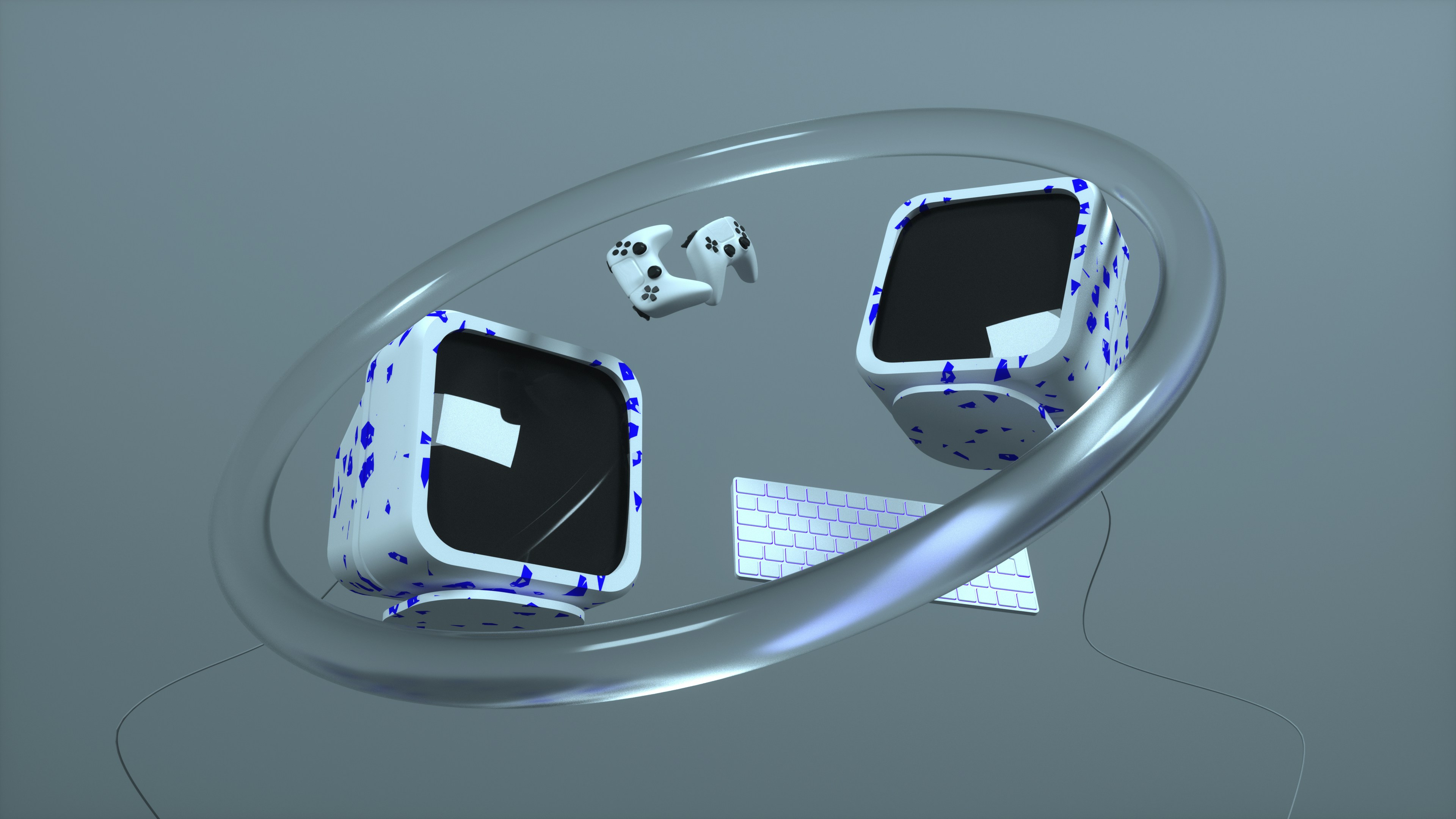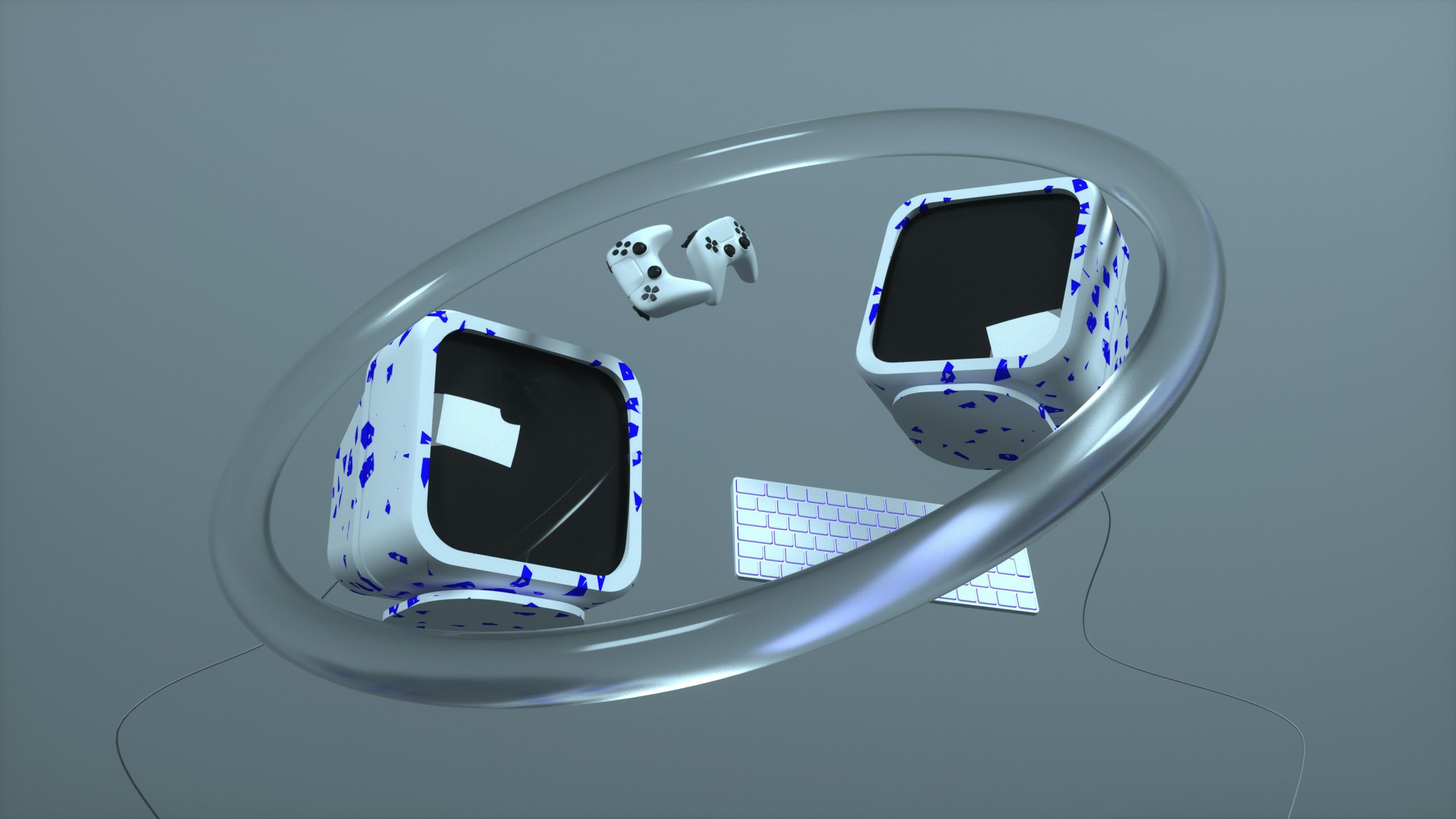Introduction to TFT and LCD Monitors
When it comes to choosing a monitor, the options can feel overwhelming. With technology evolving rapidly, understanding the differences between various types of displays is crucial for making an informed decision. Among these choices are TFT monitors and standard LCD monitors, both popular in today’s market. But what sets them apart? Are TFT monitors worth considering over traditional LCD models? In this article, we’ll dive into the world of display technologies and explore what makes each option unique. Whether you’re a gamer seeking vibrant visuals or a professional needing reliable color accuracy, there’s something here for everyone. Let’s unravel the mystery behind TFT and standard LCD monitors together!
What Makes TFT Monitors Stand Out?
TFT monitors, or Thin-Film Transistor displays, are known for their superior image quality. The technology allows for individual control of each pixel, resulting in sharper visuals and vibrant colors. This precision makes them ideal for graphic design and gaming.
Another standout feature is their fast response time. TFT monitors can refresh images quickly, reducing motion blur during fast-paced action scenes. Gamers tft monitor options often prefer these screens to enhance their experience.
Moreover, they offer wider viewing angles compared to standard LCDs. Users can enjoy consistent color reproduction from different positions without the screen appearing washed out.
Energy efficiency is another bonus. TFT panels consume less power than traditional LCDs while providing better brightness levels, making them an eco-friendlier choice for everyday use.
Advantages of TFT Monitors over LCD Monitors

TFT monitors offer several advantages that make them appealing to users. One of the most notable benefits is their superior image quality. Thanks to advanced technology, TFT displays provide sharper images and better color accuracy compared to standard LCDs.
Another advantage is faster response times. This means less motion blur during fast-paced action scenes or gaming sessions, making TFT monitors a popular choice among gamers who demand high performance.
Energy efficiency is also a key factor. TFT technology typically consumes less power than traditional LCDs, which can lead to lower electricity bills over time.
Additionally, the viewing angles on many TFT models are significantly improved. Users can enjoy consistent colors and brightness from various angles without distortion or fading.
These monitors tend to be lighter and slimmer, giving you more flexibility in mounting options and saving valuable desk space.
Disadvantages of TFT Monitors compared to LCD Monitors
TFT monitors do have some drawbacks when compared to standard LCD monitors. One of the main issues is their viewing angles. While TFT technology has improved, it still tends to struggle with color accuracy and brightness at extreme angles.
Another concern is response time. Though advancements have been made, many TFT screens face limitations in fast-paced scenarios like gaming or video playback. This can lead to motion blur, which might frustrate avid gamers or movie enthusiasts.
Additionally, TFT monitors often consume more power than traditional LCDs. That means they may not be the most energy-efficient choice for long hours of use.
Durability can be a factor as well. Some users report that TFT displays are more prone to screen burn-in over time compared to their LCD counterparts. This could impact longevity and overall performance in certain applications.
Cost Comparison between TFT and LCD Monitors
When it comes to pricing, TFT monitors typically sit at a higher price point compared to standard LCDs. This is largely due to their advanced technology and superior display quality. Users often appreciate the vibrant colors and sharper images that come with investing in a TFT monitor.
However, budget-conscious buyers might lean towards traditional LCD monitors. They are generally more affordable while still technology delivering decent performance for everyday tasks like browsing or office work.
It’s important to consider your specific needs before making a choice. If high-resolution graphics or gaming is on your agenda, spending extra on a TFT could be worthwhile. On the flip side, if your usage is more basic—like word processing or watching videos—a standard LCD may suffice without breaking the bank.
Always keep an eye out for deals and sales, as prices can vary widely based on brand and features offered.
Choosing the Right Monitor for Your Needs
Selecting the right monitor can greatly enhance your experience, whether for gaming, work, or casual use. Start by identifying what you primarily need it for. Are you a gamer seeking rapid refresh rates? Or perhaps a graphic designer in search of color accuracy?
Consider the size and resolution that fits your space. A larger screen may offer immersive visuals but ensure it aligns with your desk setup.
Don’t overlook connectivity options either. Ensure compatibility with your devices—HDMI, DisplayPort, or USB-C can make all the difference.
Think about ergonomics. Adjustable stands and blue light filters can contribute to long-term comfort during extended use. Each of these factors plays a crucial role in finding the perfect fit for your needs without compromising on quality or performance.
Conclusion

When it comes to choosing between TFT monitors and standard LCD monitors, understanding the differences is key. TFT (Thin Film Transistor) technology offers vibrant colors and better response times, making it a favorite among gamers and graphic designers. The advantages of TFT displays extend to their energy efficiency and slim profiles, which are perfect for modern setups.
However, there are some downsides to consider. While TFT monitors often provide superior image quality, they can be more expensive than traditional LCDs. Additionally, certain models may have narrower viewing angles or less accurate color representation in specific scenarios.
Cost plays a significant role in this decision-making process. Depending on your budget and requirements, you might find that an LCD monitor suits your needs without breaking the bank.
Selecting the right monitor boils down to personal preference and intended use. Weighing factors such as visual performance versus cost will help clarify what works best for you. Whether it’s gaming or everyday tasks you’re focused on, both types of monitors have unique features worth considering before making a purchase decision.

